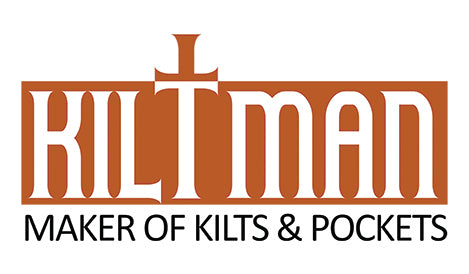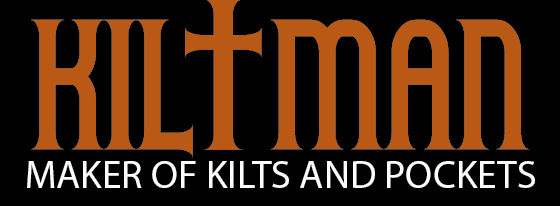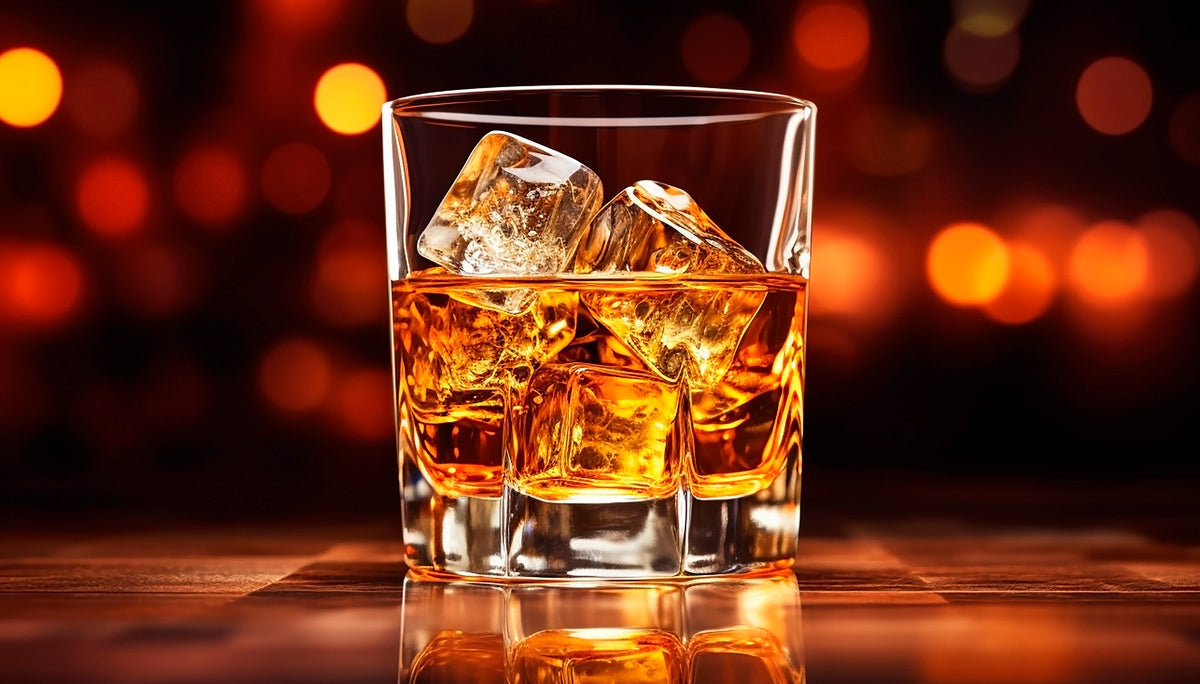The History of the Kilt: From Scottish Highlands to Modern Celtic Heritage

The kilt is one of the most recognizable symbols of Scottish culture and identity, steeped in centuries of tradition and history. From its origins as a practical garment worn by Highland warriors to its modern-day resurgence as a statement of Celtic heritage, the kilt continues to captivate and inspire wearers across the globe. Today, not only is it a quintessential part of Scottish culture, but it has also been embraced by the Irish as a symbol of their Celtic roots, especially within the US.
In this blog, we’ll explore the history of the kilt, its enduring significance, and how modern utility kilts—like those sold on our site—combine tradition with practicality for men and women alike.
The Birth of the Kilt: A Scottish Tradition
The kilt as we know it today has its roots in the Scottish Highlands, dating back to at least the 16th century. The original garment was called the feileadh mòr, or "great kilt," a long piece of woolen fabric draped over the body and belted at the waist. It served both as a cloak and a skirt, providing warmth and flexibility in the rugged Highland terrain. The great kilt was not only practical but also a symbol of identity for Highlanders, who wore tartan patterns unique to their clans.
As time passed, the great kilt evolved into the shorter, more tailored garment called the feileadh beag (the "little kilt"), which is the direct predecessor of today’s modern kilt. By the 18th century, the kilt had become a symbol of Highland pride, especially during the Jacobite rebellions when Scottish warriors wore kilts into battle as a statement of resistance against British rule.
Despite the British government banning Highland dress after the Battle of Culloden in 1746, the kilt survived in part due to its continued use by Scottish regiments in the British army. Over time, it became a symbol not just of Highland culture but of Scotland as a whole.
The Kilt Beyond Scotland: Embracing Celtic Heritage in Ireland
While the kilt is most closely associated with Scotland, it has also been adopted in Ireland, especially in the late 19th and early 20th centuries as a symbol of Gaelic and Celtic revivalism. Irish nationalists sought to reconnect with their ancient Gaelic past, and the kilt, alongside other traditional garments, became a part of that movement.

Unlike Scottish kilts, which are often made from tartan, Irish kilts are sometimes solid in color, with saffron and green being particularly popular. Besides wearing various forms of Irish jewelry, Irish men and women wear kilts today to celebrate their Celtic heritage, especially during cultural festivals, St. Patrick’s Day parades, and other events honoring Irish history and tradition. The kilt has thus become a shared emblem of pride and unity across Celtic cultures.
The Modern Utility Kilt: Combining Tradition and Function
At Kiltman Kilts, we take pride in offering modern utility kilts that honor this rich history while adding contemporary functionality. Utility kilts are a modern adaptation of the traditional garment, designed with practicality in mind. Instead of tartan patterns, utility kilts often come in solid colors like black, gray, or khaki, making them versatile and suitable for various occasions—from casual outings to outdoor activities.

Utility kilts retain the key features of traditional kilts, such as pleats and a belt, but are made from more durable materials and often include functional elements like pockets and adjustable straps. This makes them a popular choice for those who want the freedom and comfort of a kilt with the added convenience of modern clothing design.
Our solid-colored utility kilts are perfect for those looking to embrace their Celtic heritage without the need for a clan-specific tartan. They’re ideal for men and women who appreciate the history of the kilt but want a more contemporary and versatile version to wear in their everyday lives. Whether you're attending a festival, hiking through the hills, or simply enjoying a day out, utility kilts offer a perfect balance of tradition and modern style.
The Kilt Today: A Symbol of Pride and Identity
In both Scotland and Ireland, the kilt remains a powerful symbol of identity, pride, and tradition. Whether it's worn at a wedding, a Highland Games event, or a cultural celebration, the kilt connects its wearer to a rich and vibrant history. For Scots, the tartan of the kilt may symbolize family ties and clan loyalty, while for the Irish, it serves as a reminder of Gaelic and Celtic heritage.

The modern utility kilt has expanded this tradition, offering a way for people from all walks of life to enjoy the comfort, style, and cultural significance of the kilt without being bound to historical patterns or formal occasions.
At Kiltman Kilts, we celebrate this timeless garment by offering kilts that are both rooted in history and adapted for the modern world. Whether you're drawn to the kilt for its historical significance or its practicality, there’s a kilt for everyone.
Conclusion: A Legacy of Freedom and Tradition
From its origins in the Scottish Highlands to its adoption by the Irish as a symbol of Celtic pride, the kilt has endured as a garment that represents freedom, identity, and tradition. Today, utility kilts allow modern men and women to continue that legacy while enjoying the functionality and style of a contemporary garment.
Explore our collection of solid-colored utility kilts on Kiltman Kilts, and discover how you can carry on this timeless tradition in your own unique way. Whether you wear it to honor your heritage or simply for the love of the style, the kilt remains a powerful emblem of Celtic pride and freedom.
View our line of Utility Kilts
View our Kilt Pockets
View our Tweed Kilts (and Vests).





Kurt Evald Noer
Author